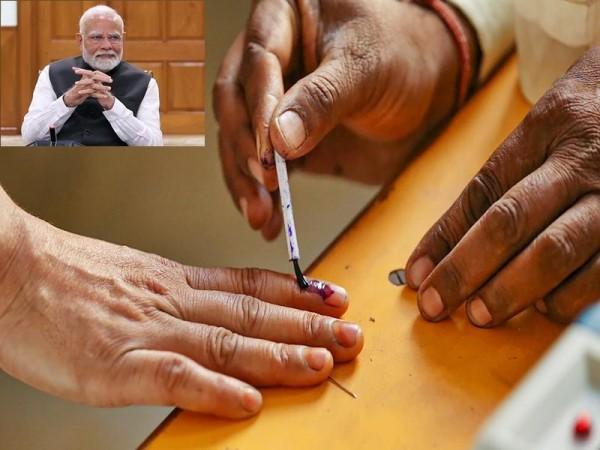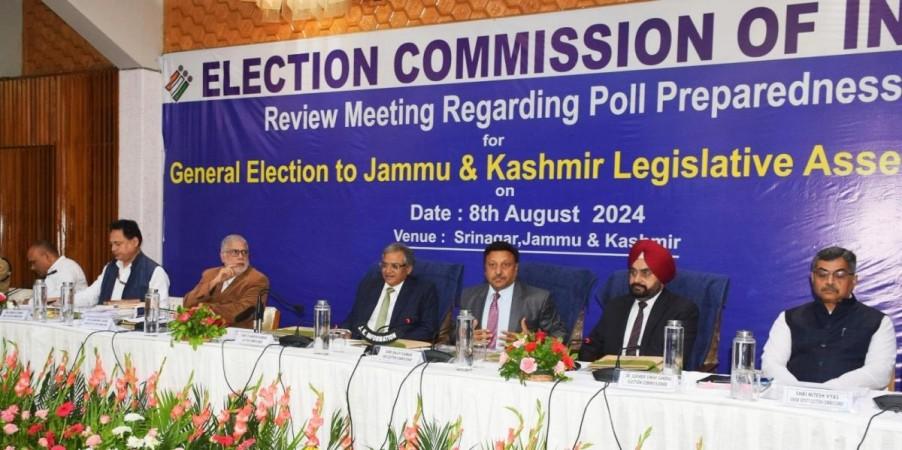
Elections in India are not mere exercise of voting rights by eligible citizens of the nation. Elections in India, as the EC rightfully put it once, are a “celebration of democracy.” This very celebration sometimes becomes a chest-thumping display of ideologies, a circus of political parties and a long-drawn, all-consuming process in terms of finances, human resources and infrastructure. Almost every three months, there is an election in the nation, keeping a constant check on the governments at centre and in states.
However, all that could soon change with the Union Cabinet approving One Nation, One Election bill. If enacted, the elections as Indians have known, are all set for an overhaul.
One of the Bills aims to amend the Constitution to implement simultaneous elections to the Lok Sabha and State Assemblies, while the other Bill is to amend provisions in laws dealing with UTs that have Legislative Assemblies.
From the longest elections to one election…how will that work out?
The 2024 Lok Sabha elections, for instance, were the lengthiest ever since the inaugural Lok Sabha election in 1951-52. The EC, earlier this year, said the electoral process spanned 82 days because of logistical reasons behind the huge numbers.
“Look at the geography of the country… think of security forces’ movements,” said CEC Rajiv Kumar while justifying the voting spanning seven phases.
The 2024 Lok Sabha election witnessed approximately 968 million eligible voters exercising their democratic rights. Undeniably, Indian elections, the world’s largest movement in terms of manpower and resources will be more challenging, if held simultaneously.

How much is being spent on elections?
The scale of finances being involved in elections has seen a steady rise over the years. As per a few estimates, reportedly, close to staggering Rs 1,00,000 crores were spent in the 2024 election. A few reports in the Indian mainstream media pegged this figure at Rs 1.35 lakh crore.
Notably, according to the guidelines issued by the ministry of Law and Order back in ’79, the Centre fully bears the cost of the Lok Sabha election. But what is the money being spent on? According to government data, the EC’s budget has increased from Rs 236.6 crore in 2018-2019 to Rs 340 crore in 2023-2024. This rise is parallel to the increase in EC staff, apart from other things.
Experts point out that increase in operational cost of elections is unavoidable, given the scale of Lok Sabha elections in the nation. The first general election had 1,874 candidates in the fray from 53 parties requiring 1,96,000 polling booths.
In 2019, this figure surged to 8,054 candidates from 673 parties, necessitating 1.037 million polling booths. In the 18th Lok Sabha elections, held from 19th April to 1st June, 8,360 candidates contested across 543 constituencies, with 744 parties fielding their candidates. The surge in costs can be attributed to the sheer scale of the increase in the number of voters, contestants, polling booths, deployed staff and political campaigns spread across social media and other forms.
Experts suggest that expenses of deploying officials to armed personnel to EVM’s and acquiring other equipment are not going to decrease, rather they might increase with simultaneous elections.
Expenditure limit notwithstanding
Even though the Election Commission has set up an expenditure limit for candidates in the fray, this limit is hardly ever adhered to. Each MP can legally spend up to Rs 95 lakh, while an MLA can spend between Rs 28 to Rs 40 lakh, depending on the size of the state. Despite these limits, which were revised in 2022 to account for inflation, loopholes exist in the system. For instance, there is no cap on the expenditure limit by political parties themselves, moreover the expenditure limits apply only after the individual candidates have filed their nomination papers.
Not possible, say opponents of the idea
Even though the Union Government has, so far, not confirmed the timeline for implementation — whether simultaneous polls will take effect from 2029 or 2034, several members of the ruling BJP have on several occasions argued in favour of the bill citing financial costs of the election. Former President Ram Nath Kovind, who is heading a committee on the matter, recently opined that holding simultaneous elections could boost the country’s GDP by 1.5%. However, he did not elaborate on how.
Congress President Mallikarjun Kharge, calling the idea “not practical,” questioned if simultaneous elections could not be held in Maharashtra, Haryana and J&K, how could they be held in the entire nation.
Opponents also say that simultaneous elections will compromise the federal character of governance, introduce administrative challenges and undermine smaller political parties and democratic diversity.